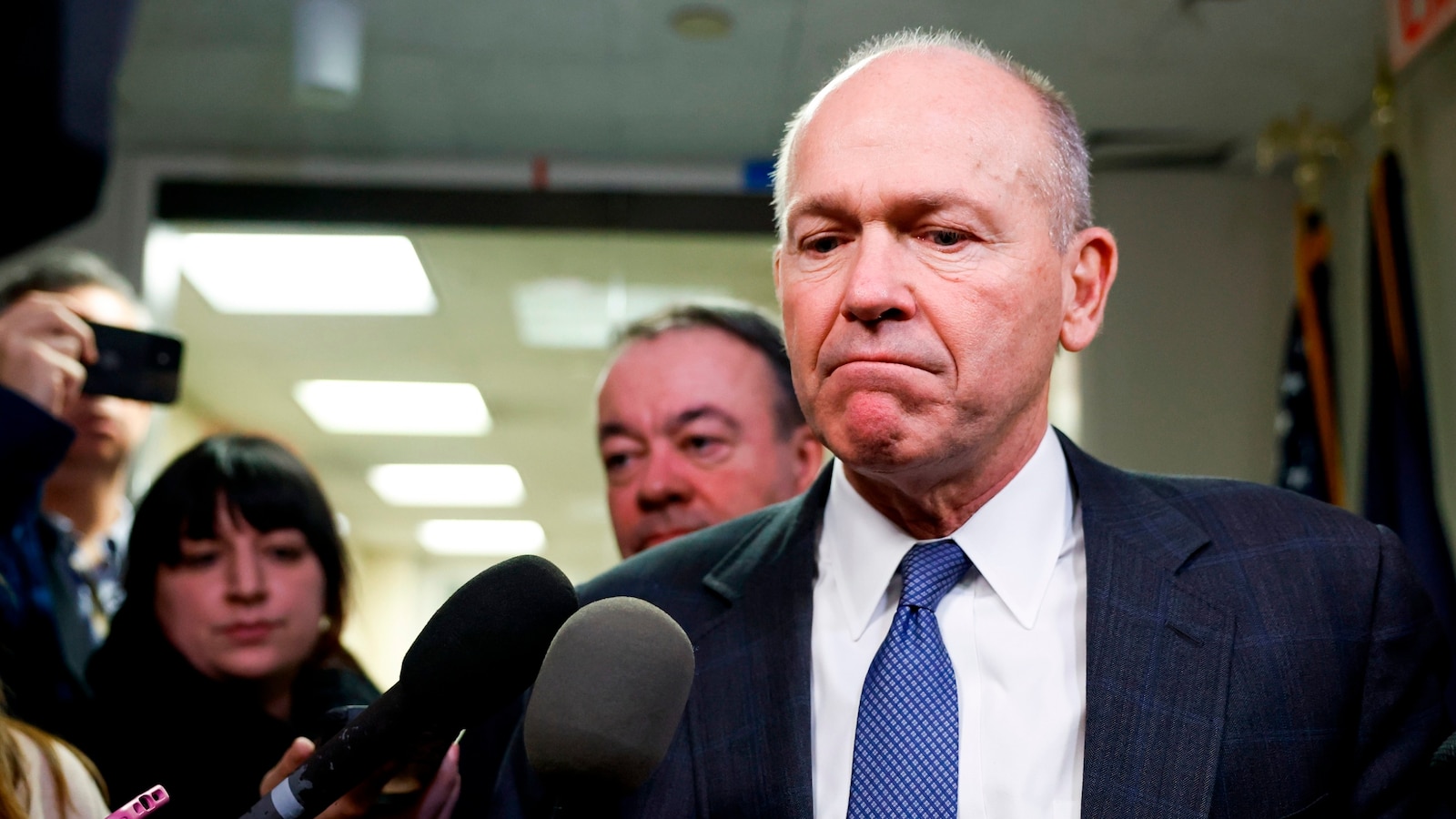
The world’s governments have agreed they want to triple renewable energy by 2030, a goal laid out at the U.N. climate summit in December.
But right now, the post-pandemic global economy is throwing up obstacles that will need to be overcome if the goal is going to be met.
Here are the big hurdles to solar, wind and other renewable energy projects:
Central banks in Europe and the U.S. have raised interest rates to combat inflation. That hits renewables harder than it does investment in fossil fuel projects.
Renewables have much higher up-front costs to build wind farms, solar arrays and more, and that borrowing costs money. After that, operating costs are negligible since the wind and sun are free, of course — but high interest rates have made it harder to get new projects off the ground.
In many cases, the answer is raising the agreed price of the electricity flowing to the grid to cover the added costs.
Everything costs more these days — not just food and rent, but the electric cables, power turbines, construction materials and services needed to build wind or solar installations. One exception: solar panels have plunged in price due to massive Chinese production.
Order backlogs and supply delays are growing because there are shortages of skilled engineers, raw materials and a lack of manufacturing capacity for complex machinery needed for renewable energy projects.
An order for a new wind turbine or a transformer to connect to the grid can take months or longer to arrive than it did before the COVID-19 pandemic.
So-called NIMBY syndrome remains an issue in many places. Germany’s southern region of Bavaria, for example, is known for resisting the noise and appearance of wind turbines in its scenic landscape.
Installations have lagged in Bavaria and other regions despite the German government’s push for more renewable energy after losing affordable Russian natural gas used to heat homes, generate electricity and power factories.
Low-income countries have long faced much higher borrowing costs than the richer parts of the globe because government subsidies or other credit guarantees are uncertain.
The result is that the same solar park if built today costs twice as much in Ghana as it would in the U.S. because of interest rates alone, according to Todd Moss, a former State Department official who heads the Energy for Growth Hub in Washington.
The transition to renewable energy sources is a crucial step in combating climate change and reducing our reliance on fossil fuels. However, this transition is not without its challenges. From technological limitations to political obstacles, there are a number of factors that can hinder the global shift towards renewable energy.
One of the main challenges facing the transition to renewable energy is the intermittency of sources such as solar and wind power. Unlike traditional fossil fuels, which can be burned at any time to generate electricity, renewable energy sources are dependent on weather conditions. This means that there may be times when there is not enough sunlight or wind to meet energy demands, leading to potential shortages in power supply. To address this issue, advancements in energy storage technologies, such as batteries and pumped hydro storage, are being developed to store excess energy generated during peak times for use when renewable sources are not producing enough power.
Another challenge facing the global transition to renewable energy is the high upfront costs associated with building and installing renewable energy infrastructure. While the long-term benefits of renewable energy, such as lower operating costs and reduced greenhouse gas emissions, are clear, the initial investment required can be a barrier for many countries and companies. To overcome this challenge, governments and businesses are exploring financing options such as subsidies, tax incentives, and public-private partnerships to make renewable energy projects more financially viable.
Additionally, the existing infrastructure for distributing and transmitting electricity was designed with traditional fossil fuel power plants in mind. As a result, integrating renewable energy sources into the grid can be complex and require upgrades to the existing infrastructure. This can be a costly and time-consuming process, as it involves coordinating with multiple stakeholders and ensuring that the grid can handle the variability of renewable energy sources. To address this challenge, investments in smart grid technologies and grid modernization are being made to improve the flexibility and reliability of the grid.
Political challenges also play a significant role in the global transition to renewable energy. In some cases, governments may be hesitant to implement policies that support renewable energy due to concerns about job losses in the fossil fuel industry or resistance from powerful lobbying groups. Additionally, international cooperation is needed to address global issues such as climate change, but political tensions between countries can hinder progress towards a more sustainable energy future.
Despite these challenges, there is growing momentum towards renewable energy around the world. Countries are setting ambitious targets for reducing greenhouse gas emissions and increasing the share of renewable energy in their energy mix. Technological advancements are making renewable energy sources more efficient and cost-effective, while public awareness of the importance of transitioning to clean energy is increasing.
In conclusion, while there are certainly challenges facing the global transition to renewable energy, there are also opportunities for innovation and collaboration to overcome these obstacles. By investing in research and development, improving energy storage technologies, modernizing the grid, and implementing supportive policies, we can accelerate the shift towards a more sustainable energy future for generations to come.


